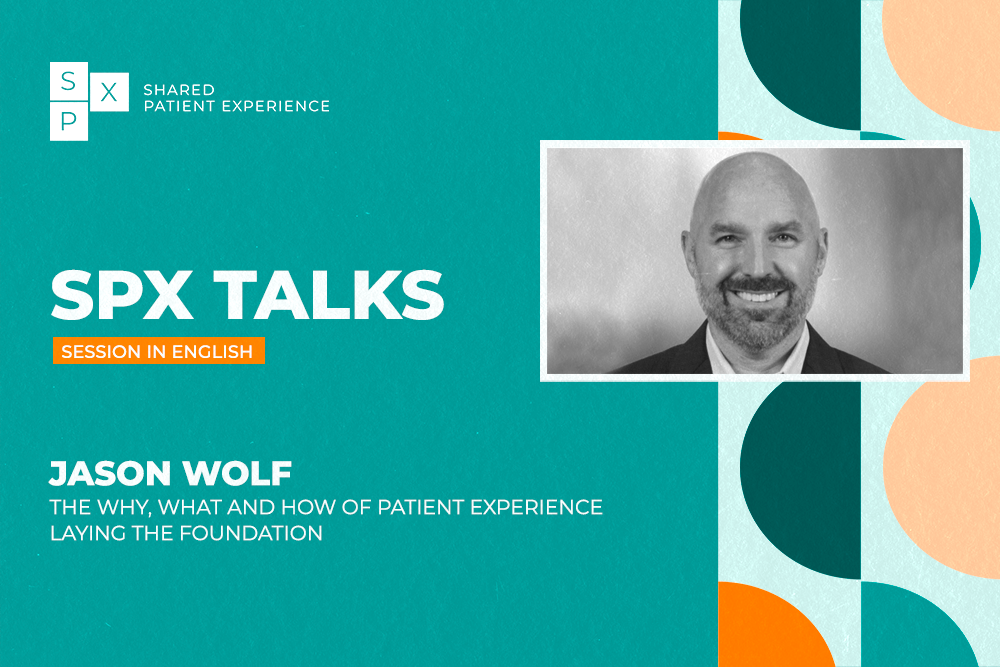
Reimagining the Patient Experience During the Covid-19 Pandemic
Covid-19 has changed the way we practise office-based medicine: health systems as a whole, and in particular clinicians, have had to adapt to new care models, workflows and financial structures.
The response to the pandemic has also, in many cases, sidelined processes aimed at improving patients’ experience of care, such as surveys, patient-family advisory councils, etc.
Health systems are currently undergoing a phase of transition, with activity resuming within hospitals and consulting rooms, while at the same time maintaining virtual visits.
The authors of the article therefore provide several points to ensure that this transition preserves an optimal patient experience. To ensure success, the adaptation will be divided into four key areas: communication, care access and coordination, responsiveness, and teaming.
Communication
Beyond clinical competency, trust in the care provider is based on clinicians’ active listening and empathic communication.
Within the context of a virtual visit, it is important to incorporate the best practices to create the feeling that the clinician is present with the patient; these include paying greater attention to the tone and tempo of the voice, facial expressions and body language, reflection, and extra effort to ensure the patient’s understanding. Clinician-leaders have launched a series of webinars focused on best practices for telehealth.
In addition, the communication process must include support for patients who are just discovering the virtual care approach.
Within the context of an in-person visit, communication with the medical and nursing staff must provide comfort in the face of the anxiety felt by the patient who has to return to a medical facility.
Care access and coordination
Continuity of care also presents new challenges. Many patients may be reluctant to risk leaving their homes for treatment. By evaluating risk and engaging in shared decision making, patients and clinicians can select the option that best meets individual needs.
In addition, caring for a patient with a febrile respiratory illness in the office setting presents an exceptional safety challenge, requiring, for example, a separate area of the practice designated exclusively for these patients. If this is beyond the scope of what a practice can offer, clear contingency plans must be in place to address acute care needs, including virtual care, emergency care or other designated sites.
Responsiveness
The pandemic has made it more difficult to be able to provide a rapid response to patients, whatever the channels (telephone messages, online portal, etc.). It is now a matter of reconnecting with renewed empathy when responding to users, who might now send messages filled with more fear and anxiety than usual.
Teaming
A great patient experience comes from a caring team that is also well cared for by its employers. The pandemic will continue to take an emotional toll on health care workers. We must therefore expand on the progress made before the pandemic in addressing burnout. Wellness resources, ranging from peer support to psychotherapy, must be readily available to support all health care workers.
In this sense, Penn Medicine has created a web platform, PennMedicineTogether (https://www.med.upenn.edu/PennMedicineTogether/), an easily accessible, comprehensive repository of information, advice and other resources made available to all employees during the pandemic and beyond. The Penn Medicine Listening Lab (https://pennlisteninglab.org/) is another important resource that has been created for the patient and care provider community. This laboratory was developed long before the Covid-19 pandemic, but current circumstances have highlighted its value.
Conclusion
The Covid-19 pandemic is far from over, but we have reached a turning point as we reintroduce some elements of in-person patient care. While we await new tools for evaluating patient satisfaction in the pandemic era, it is a matter of revisiting the key elements of a great patient experience, through safe and compassionate medical practice.
Source: Jeffrey H. Millstein, MD, FACP & Stephanie Kindt, MA, Esq. Reimagining the Patient Experience During the Covid-19 Pandemic; June 2020
NOTE FROM THE EDITORIAL COMMITTEE
The health crisis that we have experienced over recent months has meant significant adaptations both for health institutions and professionals, but also for patients and their families in order to ensure the follow-up of patients requiring a medical consultation.
Telemedicine, in particular through teleconsultations, has made a significant contribution to ensuring that this support is provided, under various essential conditions described in the article.
SPX was keen to develop this topic and discuss it with experts during the webinar it is organising on October 20, entitled: “How to integrate the Patient eXperience into non-face-to-face activity?”
Indeed, we are convinced that when telemedicine fulfils certain quality and confidentiality requirements, the demand for treatment from a growing number of patients can be met.



